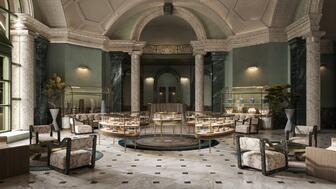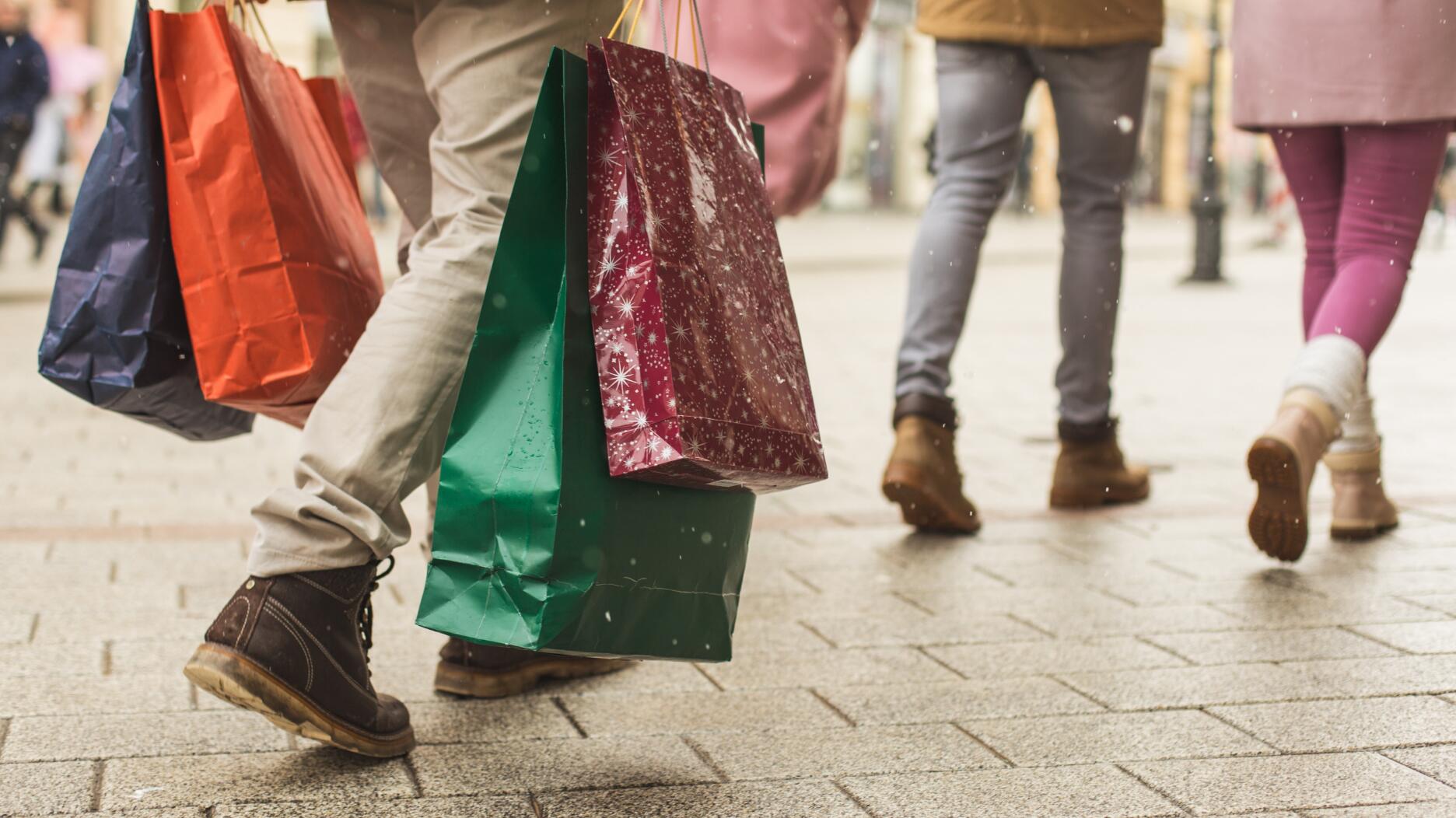The couple pleaded guilty to concealing at least $127 million in cash transactions at its precious metals businesses.
Study: TV ads still effective amid digital media
Consulting company MarketShare has found that advertising on television “is still the ‘best giant megaphone’ to convey a message to a large audience of consumers.”

New York--Advertising on television consistently is more effective at impacting sales and new accounts than paid search, print or online ads, according to a recent study by consulting company MarketShare.
The company said its finding show that television “provides a direct and meaningful sales lift,” because it increases awareness and consideration and increases the effectiveness of other marketing vehicles further down the purchase funnel, meaning TV should be a relevant part of a marketing campaign that includes both online and traditional advertising mediums.
The study, “Evaluating TV Effectiveness in a Changed Media Landscape,” identified four major findings that show television advertising is the most effective and efficient way to reach consumers. They are as follows.
1. TV has the highest relative efficiency in achieving key performance indictors (KPIs) at similar spending levels when compared to other media outlets, including print, radio and online ads, both display and social.
This is true across a range of industries, including automotive, financial services, consumer packaged goods and retail, and comes despite the explosion of digital media in the past five years, MarketShare said.
“TV is a major driver of indirect outcomes such as inbound calls, organic search query volumes and website visits, which, in turn, lead to direct outcomes, such as purchases or other significant conversions,” the study states.
2. In spite of changes in consumer habits over the past few years, TV’s effectiveness at driving advertiser KPIs has not diminished.
The study found that, for all media analyzed, there was an 11.5 percent decline when comparing 2009-2011 media effectiveness to 2012-2014, “likely due to the splintering of media channels brought about by the new digital landscape.”
However, TV was the only medium that retained its relative effectiveness when compared to other channels over that time period. TV’s effectiveness dropped only 2 percent while online media’s effectiveness was down about 10 percent and offline media’s effectiveness (sans TV) declined nearly 23 percent (graph shown in gallery.)
“The value of many digital channels has been eroded by such factors as ad-blocking, click fraud and visibility issues,” MarketShare states.
Still, TV spend allocations are not a one-size-fits-all.
“Specific spending recommendations will vary by advertiser, depending, in part, on where a marketer’s media spend lies on the outcomes response curves for each advertising medium, and the interaction effects between media channels.”
3. Marketers can use advanced analytic techniques to optimize TV spend more effectively.
“Because TV advertising drives measurable actions such as inbound calls and online searches, TV advertisers can leverage these interactions as key data points to evaluate TV effectiveness,” the study states. “While online and mobile popularity have grown tremendously, TV is still the ‘best giant megaphone’ to convey a message to a large audience of consumers.”
4. Premium online video from broadcast and cable TV networks is disrupting the digital media mix.
Despite lower impression volumes, premium video content is clearly more effective than user-generated and short-form content, the study states.
“Leading media sellers … seem increasingly aware of the value of high-quality content (and of the fact that brands will always follow the audience.) For instance, in 2014, YouTube launched Google Preferred, which allows advertisers to buy ad space next to only high-quality, professionally produced content, such as The New York Times or Vice Media.”
For the study, New York-based MarketShare evaluated data from thousands of marketing optimization models across a range of industries including financial services, telecommunications, hospitality, consumer packaged goods and retail. It also examined decades of research and applied marketing science, as well as MarketShare Benchmark, the company’s planning and allocation software application.
The Latest

In February 2026, the auction house will move its headquarters to the former Steinway Hall, a neoclassical landmark on Billionaires’ Row.

The new show will take place Jan. 23-25, 2026.

How Jewelers of America’s 20 Under 40 are leading to ensure a brighter future for the jewelry industry.

The former BHP Billiton leader and Gemfields chairman is remembered for his influential leadership throughout his 50-year mining career.


The LVMH-owned brand has partnered with the costume design union to revamp its award for 2026.

The luxury titan inked a deal to acquire an initial minority stake in the jewelry manufacturer with a pathway to full ownership by 2032.

Roseco’s 704-page catalog showcases new lab-grown diamonds, findings, tools & more—available in print or interactive digital editions.

The company’s curation of unsigned vintage and estate jewelry debuted at the Bloomingdale’s in Costa Mesa, California.

In the recent multi-shipment seizure, CBP also found counterfeit Audemars Piguet, Moncler, and Chrome Hearts items.

Helzberg’s Chief Retail Officer Mitch Maggart shared details about its tests of a new store concept rooted in an elevated luxury experience.

Jewelers of America execs and National Jeweler editors discuss tariffs, the sky-high gold price, and the engagement that broke the internet.

The luxury goods company said founder Ippolita Rostagno will remain at the brand’s helm.

Laura Burdese, who joined the Italian luxury brand in 2022, will take on the role in July.

The National Jeweler editors revisit the most noteworthy industry happenings and design trends from 2025.

Need a gift for the cat lover who has everything? Look no further than our latest Piece of the Week.

It purchased the “Grosse Pièce,” an ultra-complicated Audemars Piguet pocket watch from the ‘20s, for a record-breaking price at Sotheby’s.

The lab-grown diamond grower now offers custom engagement and fashion jewelry through its Kira Custom Lab Jewelry service.

Chandler got his start at Michelson Jewelers and has served as DCA president and CEO since 2001. He will retire at the end of the month.

The boutique is slated to open this week inside Terminal 8, offering pre-owned Rolex watches and more to international travelers.

Sponsored by Digital Monitoring Products

The special-edition egg pendant ingested in a New Zealand jewelry store was recovered after a six-day wait.

Associate Editor Natalie Francisco plays favorites with Piece of the Week, selecting a standout piece of jewelry from each month of 2025.

The “Love and Desire” campaign is inspired by the magic that follows when one’s heart leads the way, said the brand.

Two awardees will receive free tuition for an educational course at the Swiss lab, with flights and lodging included.

Berta de Pablos-Barbier will replace Alexander Lacik at the start of January, two months earlier than expected.

Sotheby’s held its first two jewelry sales at the Breuer building last week, and they totaled nearly $44 million.


























